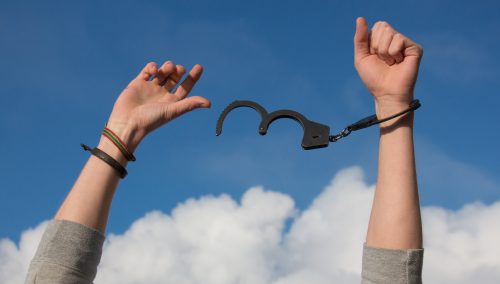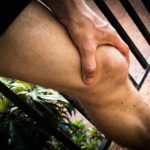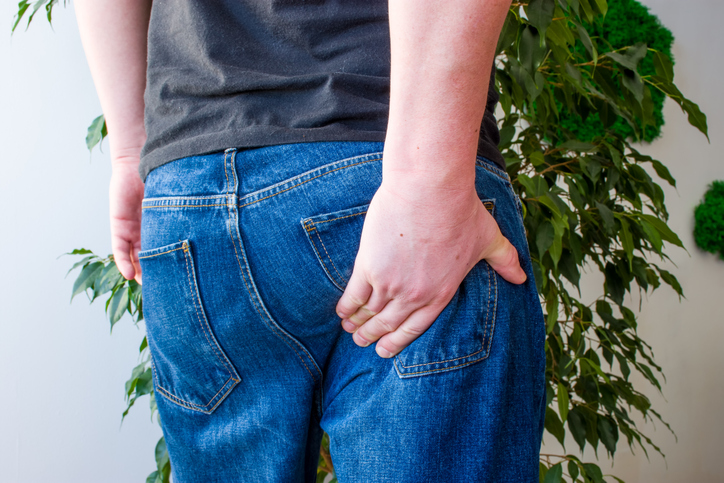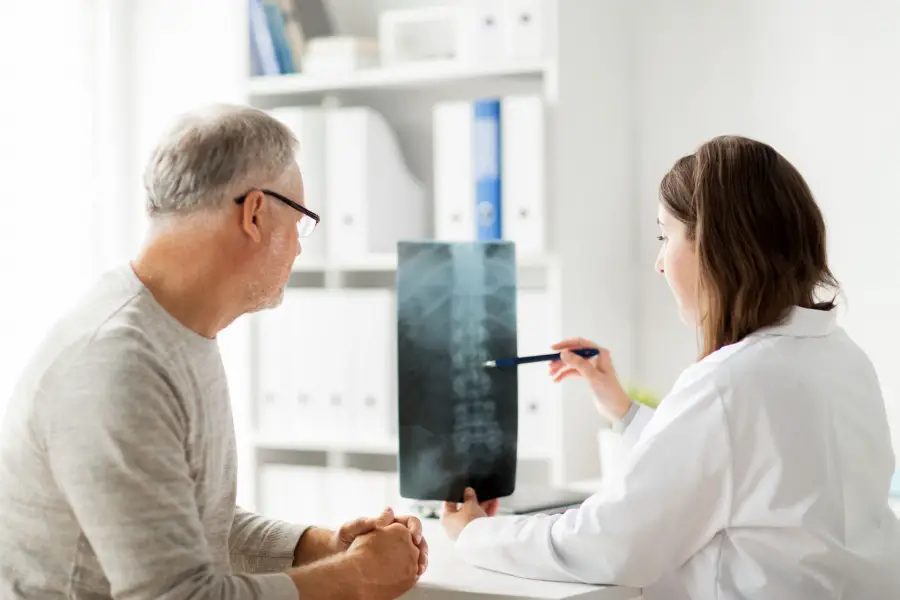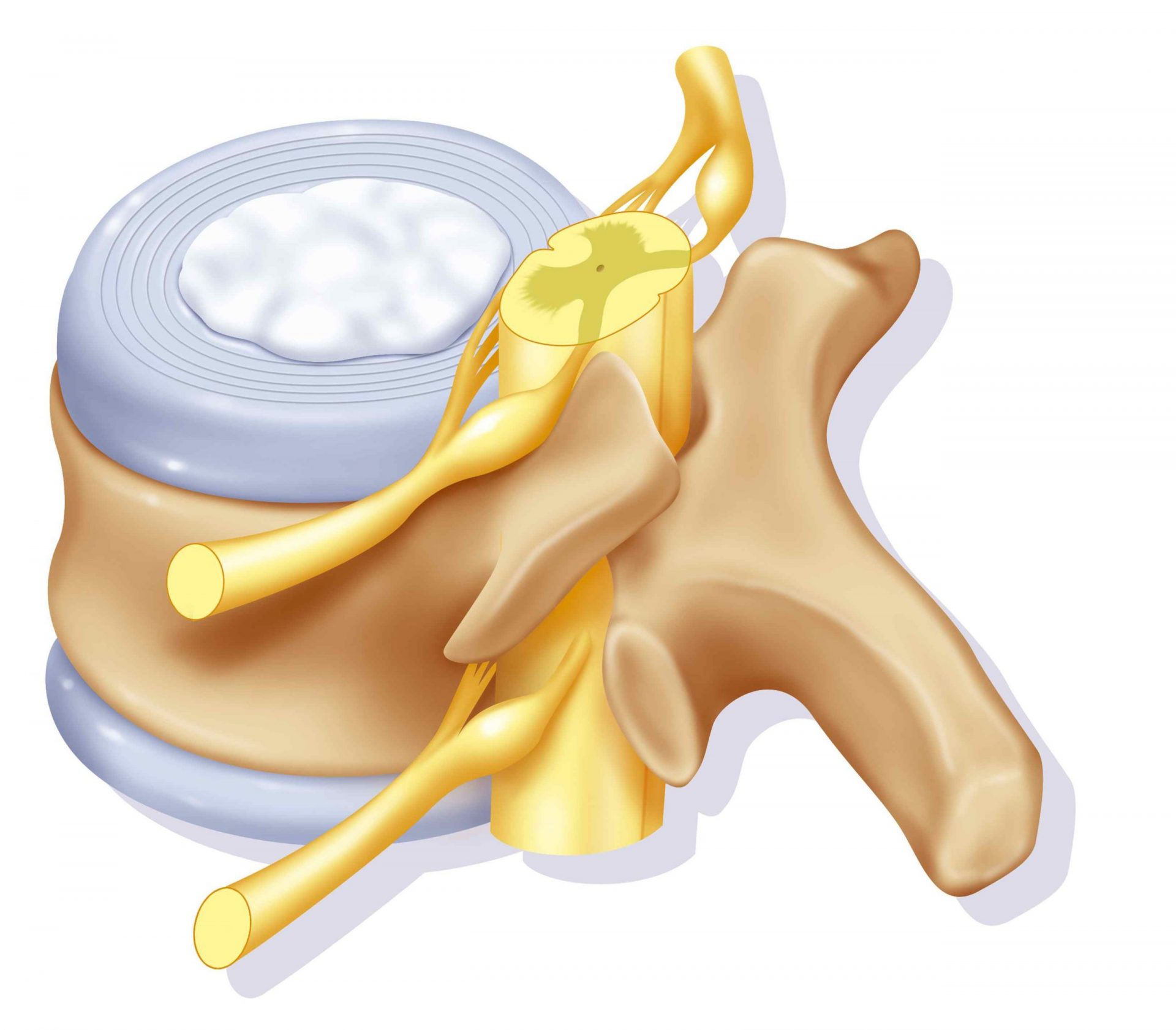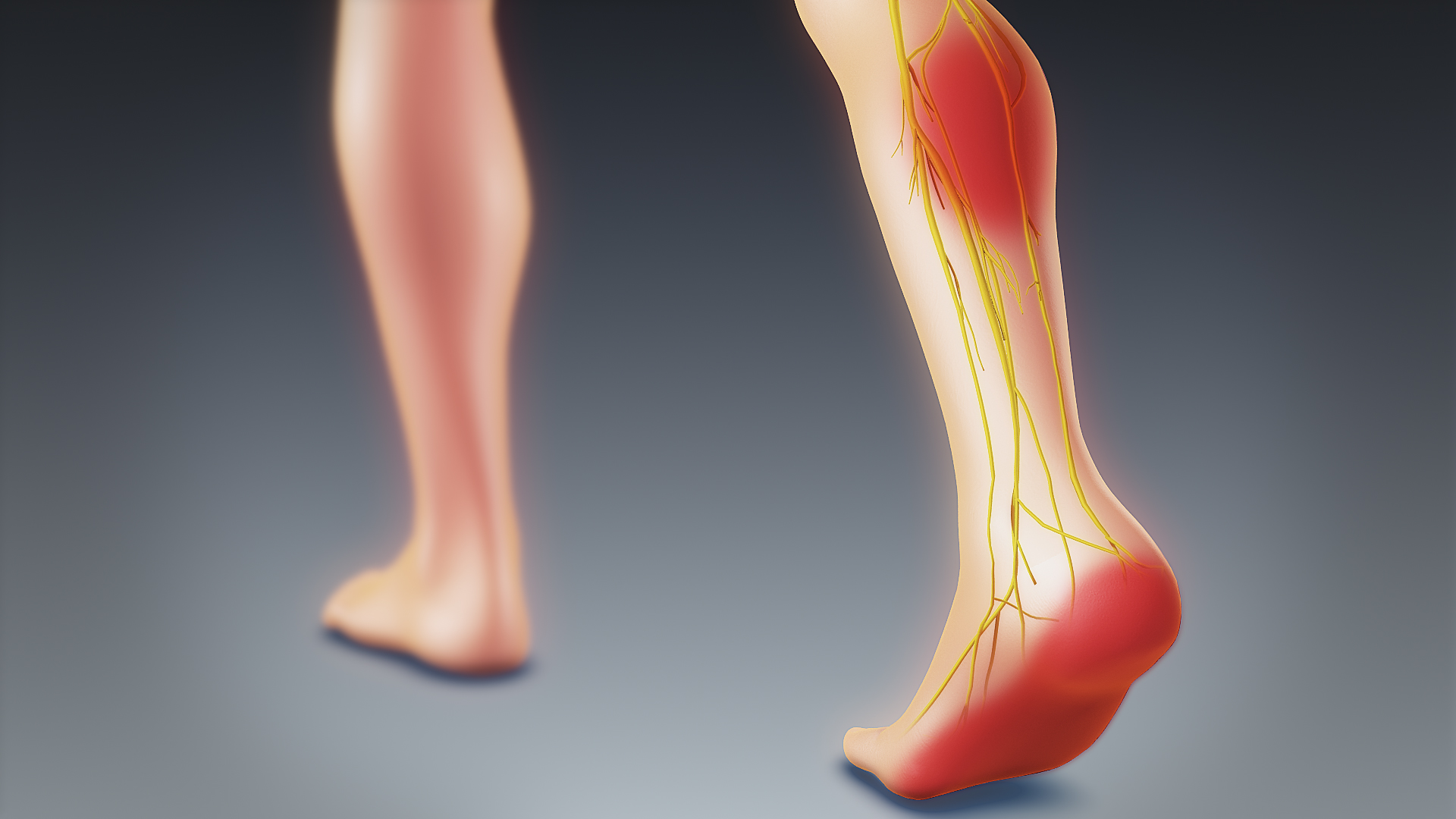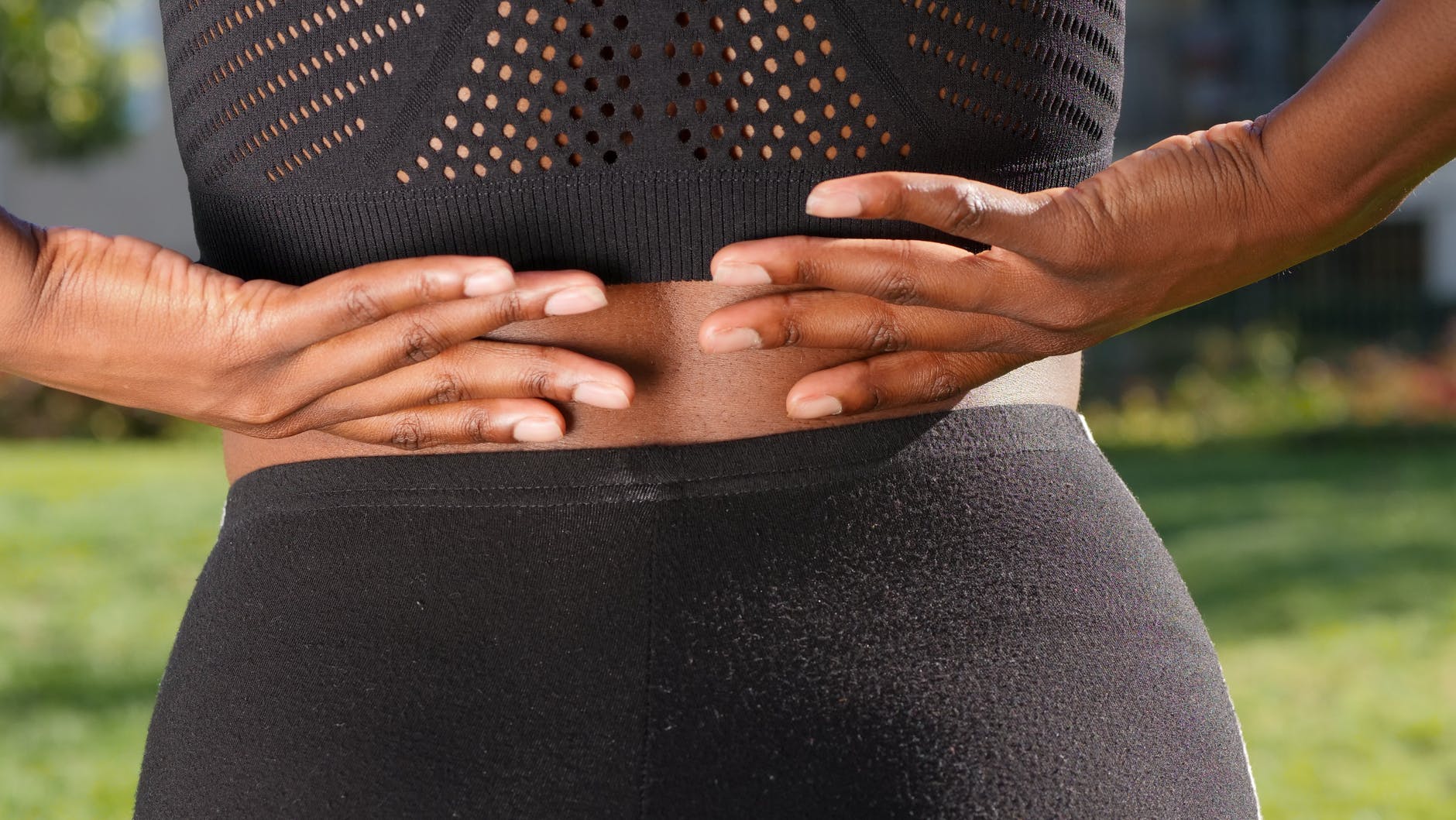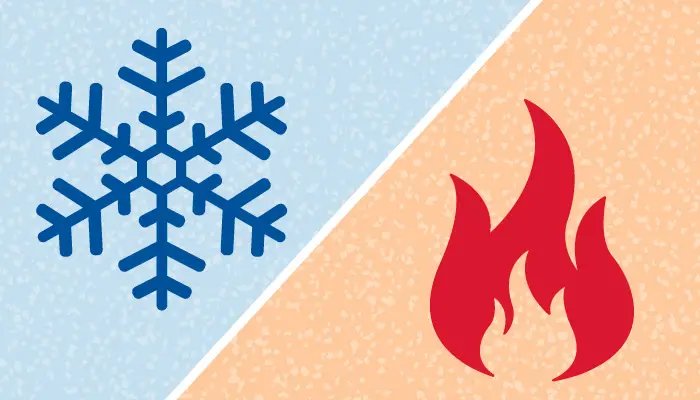A herniated disc, is a condition that affects the spine. It occurs when one of the disks between the vertebrae breaks or is damaged. The discs play the role shock absorbers for the spine and help keep it flexible.
When they are damaged or break, they can cause pain and other symptoms. In this article, we will discuss the positions that can help relieve pain caused by a herniated disc.
Spine Anatomy
La spine, also called the backbone or vertebral column, is a long, thin structure that extends from the base of the skull to the pelvis. It is made up of bones called vertebrae, which are separated by soft discs of cartilage.
La spine is a very strong and flexible structure that supports the body and protects the spinal cord. The spinal cord is a bundle of nerves that start from the brain and pass through the spine. It carries messages between the brain and the rest of the body.
The spine bones are held together by muscles, ligaments and tendons. These tissues allow the spine to move in many different directions. The spine has three main curves:
- An S-shaped curve at the neck;
- A gentle curve in the middle of the back;
- And a more pronounced curve in the lower back.
All of this curves help absorb shocks and distribute the weight evenly throughout the body. Without these curves, the spine would be straight and would not be able to support the head or torso weight.
When these curves become too steep, it can cause pain and difficulty moving.
What is a herniated disc?
« Herniated disc is the name given to the process that identifies damage to the intervertebral disc of the spine.
This condition is characterized by the protrusion of the gelatinous nucleus out of the cavity that contains it, in this case the fibrous ring. The main symptoms by which it manifests itself are:
- Pain in the back or leg;
- Numbness or tingling;
- Weakness
La fundamental distinction is that between the "protusion", caused by the protrusion of the disc in its natural space, and the "hernia", when there is rupture of the disc with exit of the nucleus pulposus in the neighboring zones.
What can be the cause?
There are different risk factors:
- Age: it is more common in people over 50;
- Weight: excessive weight can lead to overloading of the intervertebral discs ;
- Size allowed: tall people are potentially more exposed;
- occupations: Work requiring pressure on the spine;
- Prolonged sitting position ;
- Serious injury/trauma.
Positions that relieve, really?
Before discussing the positions that can provide relief, it is important to understand that each case is different. What relieves one person's symptoms may worsen another's. That said, there are a few general principles to follow.
The McKenzie Method
Anyone who has ever suffered from a herniated disc knows that the pain can be debilitating. The Mckenzie method is a treatment option that can help reduce symptoms and improve movement.
This method consists of a series of positions or movements designed to identify a direction of movement (called the preferred direction) to relieve symptoms, reduce radiation pain, and potentially put the disc back in place.
The objective of the Mckenzie method is to reduce pain and improve function. Although the Mckenzie method does not cure a herniated disc, it can relieve symptoms and help patients regain their quality of life.
What is the best position for sleeping?
There are two generally favorable positions for sleeping when you have a herniated disc:
- On your back, with a pillow under your knees: This position relieves your spine and allows your muscles to relax.
- On the side, with a pillow between the knees: This position also relieves pressure on your spine and allows your muscles to relax. It is particularly useful if you feel pain on only one side of the body.
What other positions can provide relief?
There are a few other positions that can relieve pain from a herniated disc. Here are a few
- Sit with a small pillow behind your back: This position helps maintain the natural curve of your spine and reduces pressure on your discs.
- Stand : This position relieves the pressure exerted on the discs (often increased in the flexion position).
- Lie on your stomach: This position can help relieve pain by relieving pressure on your spine.
Use lumbar support
The herniated discs are a common source of back pain, and they can be extremely debilitating. To heal, it is important to maintain a good posture.
In general, positions that maintain lumbar lordosis are the most favorable. This means using a lumbar support for maintain the spine in alignment.
By doing so, you can relieve pressure on the disc and allow it to heal properly. Also, maintaining good posture will help prevent future hernias from occurring. So, if you suffer from a herniated disc, be sure to maintain good posture and use lumbar support.
The ultimate solution
A herniated disc can be a very painful experience. The discs in your spine act like cushions between the vertebrae, and when one of them is damaged, it can cause severe pain.
The best way to prevent a herniated disc is to keep moving as much as possible. When you sit or stand for long periods of time, muscle weakness and joint stiffness develops, which ultimately worsens the symptoms and worsens the condition.
These simple measures can therefore contribute greatly to the prevention of herniated discs.

